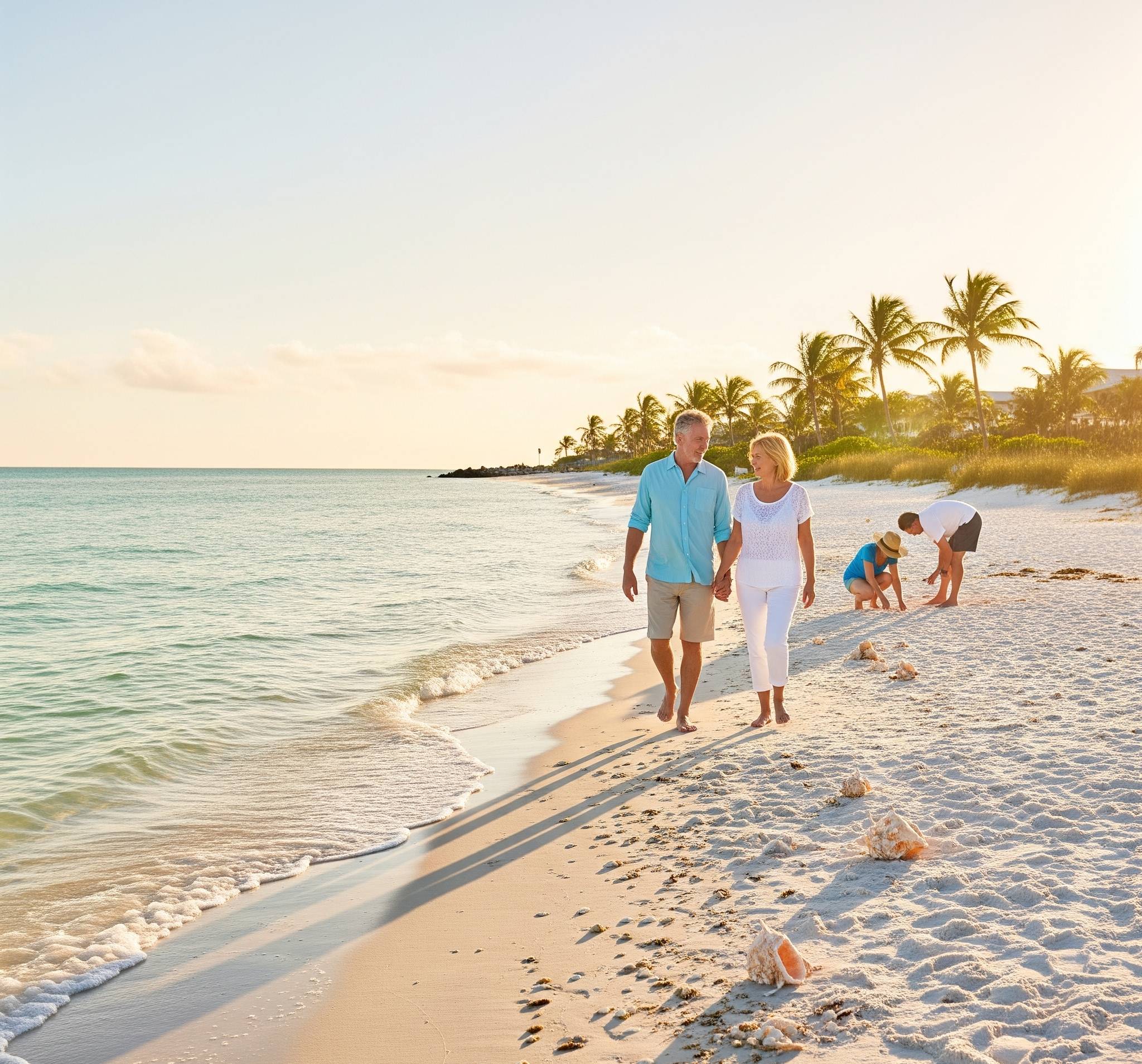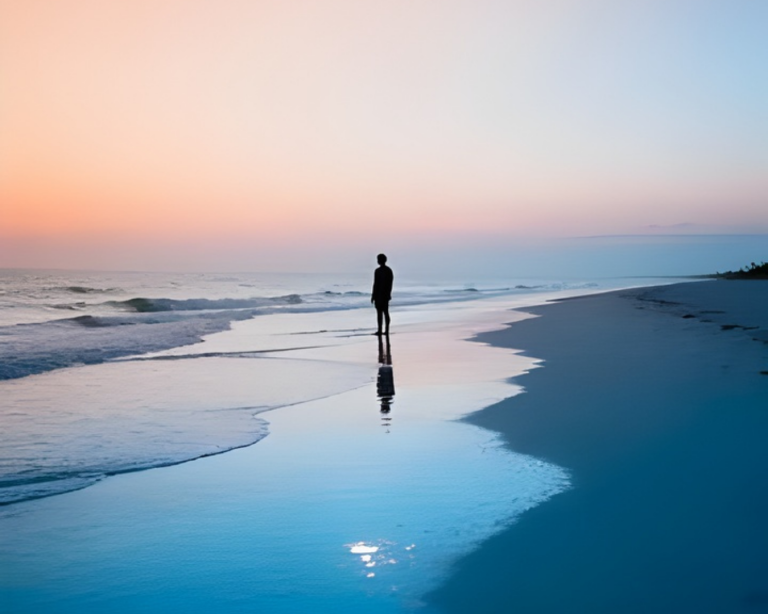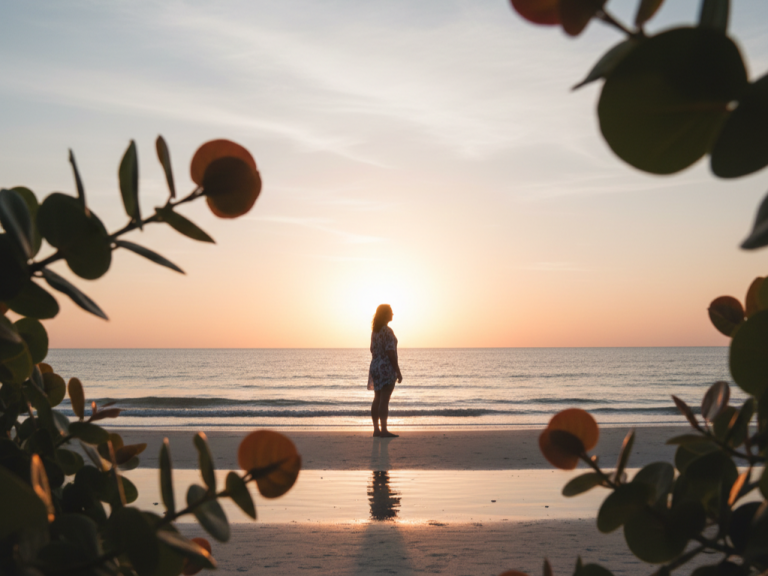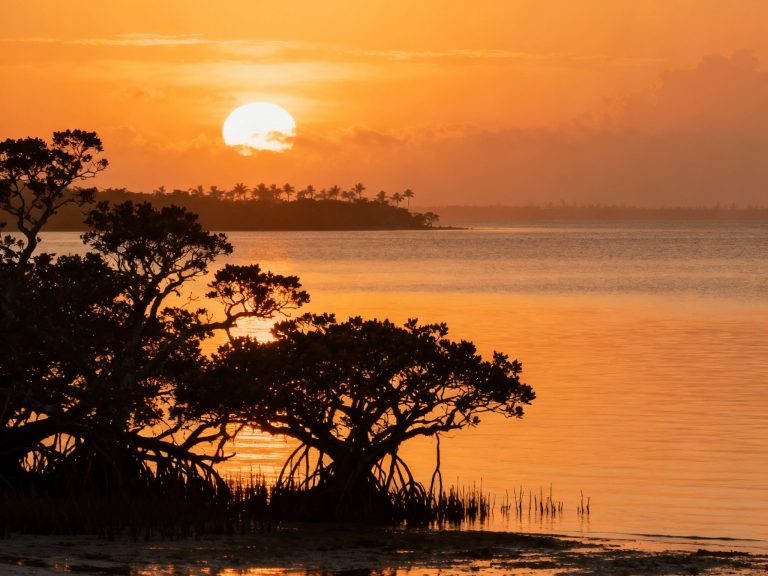In a fast-paced world, Sanibel Island gently reminds us that life doesn’t have to be rushed. This island offers valuable lessons on slowing down, connecting with nature, and finding meaning in every calm step we take.
Sanibel Island, a serene barrier island off Florida’s Gulf Coast, offers a living example of how a slower pace can bring deeper peace and connection. With no streetlights, no high-rise buildings, and strict environmental protections, Sanibel is more than a destination—it’s a way of life.
Here, slow doesn’t mean passive. It means intentional. Residents and visitors alike move with presence, listen to nature’s rhythms, and find meaning in simplicity. Birds fly undisturbed, sea turtles nest in protected silence, and the night remains dark to preserve the island’s natural balance.
From Sanibel, we learn that slow living isn’t just a trend—it’s a mindful approach to life that values presence over pressure, depth over speed, and harmony over hustle.
Why Do We Need to Slow Down?
In today’s world, speed has become the default setting for life. We’re expected to be productive, constantly connected, and always on the move. Yet beneath the surface of technological convenience and instant access, many people feel exhausted, anxious, and directionless. The pressure to always “do more” and “be more” takes a toll on mental health.
Out of this unrest, the slow living movement emerged—an invitation to slow down, be present, and live more intentionally. It’s not about abandoning responsibilities, but about choosing to fully experience what we do. Slow living encourages us to reconnect with ourselves, with nature, and with a more sustainable rhythm of life.
Sanibel Island as a Portrait of Slow Living
Sanibel Island, a small island in Florida, is a living example of the slow living philosophy. Here, you won’t find skyscrapers, fast-food chains, or even glaring streetlights. This isn’t due to a lack of development—but a conscious decision to live in harmony with nature.
Sanibel gives its residents and visitors space to follow the natural rhythm of life. Migratory birds come and go with the seasons, sea turtles nest peacefully on quiet beaches, and sunsets unfold slowly—inviting us to pause and pay attention.
Life on Sanibel isn’t just about enjoying nature’s beauty, but about being aware and present. It’s a place where the absence of noise makes room for meaning.
Infrastructure Designed to Respect Nature
Unlike many tourist destinations built with concrete and bright lights, Sanibel is designed to stay in harmony with its environment. There are no streetlights at night—to protect nesting sea turtles. Roads are low-traffic and low-emission, and building heights are regulated to preserve the island’s natural skyline.
These choices reflect the essence of slow living: to build without destroying, and to be present without overpowering.
A Daily Rhythm That Embraces Calm and Meaning
Residents and visitors on Sanibel go about their days at a pace far removed from the rush of modern life. Activities like sunrise beach walks, birdwatching, or simply reading under a palm tree are part of everyday life.
Time feels slower here—but that slowness makes every moment feel more alive and meaningful.
Lessons from Nature
In Sanibel, nature isn’t just a backdrop — it’s a teacher. Every element offers a lesson in patience, life cycles, and simplicity. Migrating birds remind us of the importance of rest and transition. Resilient yet flexible mangrove trees teach us about strength and adaptation. The tides show that life moves in rhythms — rising and falling, light and dark, coming and going.
Instead of resisting nature, Sanibel’s community chooses to learn from it. By observing and living in sync with the natural world, they discover that peace is not a luxury — but a basic human need we’ve forgotten.
Wildlife Living in Harmony with Nature
Sanibel Island is known as a haven for wildlife — from sea turtles nesting on the beaches, herons settling in mangroves, to dolphins playing freely in the sea.
What’s remarkable is how humans adapt to the presence of animals — not the other way around. There are no streetlights to disturb turtle migration, and many areas are restricted to protect natural habitats.
It sends a powerful message: when humans choose not to be greedy and live side by side with other creatures, harmony with nature is possible.
Wildlife in Sanibel is not just scenery — they are living reminders of simplicity and respect for life.
The Silence of Nature, a Voice for the Soul
Sanibel isn’t filled with car horns or city lights. When night falls, all you hear are the waves and the soft rustling of leaves.
This silence isn’t emptiness — it becomes a space to reconnect with yourself, to hear thoughts that are usually drowned by the world’s noise.
In Sanibel’s quietness, many find a deep connection with their inner selves. Nature doesn’t speak in words, but in feelings that gently rise: calm, clarity, and meaning.
Conclusion: Finding Meaning Through Slow Living

In the end, slow living is not just about slowing down—it’s about redirecting our focus to what truly matters. Sanibel Island exemplifies how letting nature take the lead can result in a life that is more balanced, healthy, and meaningful.
This conclusion highlights the importance of making space in our lives to breathe, reflect, and reconnect with ourselves—things often forgotten in the noise of the modern world.
Start today with one small step: turn off your notifications, take a walk with no destination, or spend 10 quiet minutes with yourself. You might just be beginning a new, calmer chapter.

I’m Ayla Wolesky, and I’ve spent years exploring every corner of Sanibel Island. From its pristine beaches to the hidden gems only locals know about, I’m passionate about sharing everything this beautiful island has to offer. Whether it’s the best spots for shelling, the wildlife that makes Sanibel so special, or where to enjoy a perfect sunset, I’ve got you covered. My goal is to provide insider tips and up-to-date information that will help you experience Sanibel Island like never before.





